Over the past year, U.S. tariff policy has become one of the most closely watched issues in global trade. What began as a political debate about fairness and reciprocity has now reached the nation’s highest court — and the outcome could reshape the way America trades with the world.
The Supreme Court is currently reviewing whether the International Emergency Economic Powers Act (IEEPA) was legally used to impose sweeping tariffs during the Trump administration. The decision isn’t just about legal interpretation — it could have monumental financial implications. If the Court finds that the tariffs were imposed beyond the scope of executive authority, the U.S. government may be forced to unwind or refund hundreds of billions of dollars in duties collected over the past several years.
But perhaps the most important takeaway is this: regardless of the ruling, trade, logistics, and supply chain managers must be prepared for volatility.
Chief Justice Roberts’ Balancing Act
According to recent coverage, Chief Justice John Roberts has shown concern about how far presidential powers have been stretched under the IEEPA. His questions suggest he may seek a middle ground — one that reins in executive overreach without completely dismantling the tariff structure that has become integral to U.S. trade policy.
In other words, Roberts seems poised to preserve the economic stability that these tariffs have created, while reaffirming the need for clearer congressional oversight in future trade actions. This nuanced stance reflects his long-held belief that the Court’s role is not to dictate policy but to ensure the constitutional balance of power remains intact.
Still, even a moderate ruling could force a wave of administrative changes — new documentation requirements, refund processes, and possible tariff recalibrations that ripple through every corner of the supply chain.
What It Means for Importers and Manufacturers
If the Court limits or overturns the IEEPA tariffs, the effects could be felt worldwide.
Refund Opportunities: Importers could be eligible for massive refunds on past duties — but only if their records, valuations, and country-of-origin data are accurate and properly filed.
Pricing Shocks: Sudden tariff reductions (or reinstatements) can change landed costs overnight, disrupting contracts and inventory valuations.
Compliance Pressure: CBP audits and refund verifications will likely intensify as importers rush to claim credits.
In short, the outcome could reshape your entire landed cost model — not just for high-tech products and industrial components, but for any category that’s been subject to reciprocal tariffs.
How Venture Logistics Helps You Stay Ahead
At Venture Logistics, we understand that managing logistics isn’t just about moving cargo — it’s about anticipating risk and adapting to change. Our team has deep expertise in trade compliance, bonded warehousing, and Foreign Trade Zone (FTZ) operations, which are powerful tools when navigating tariff uncertainty.
We offer:
Tariff & Duty Impact Analysis – Identifying your exposure and refund potential under shifting regulations.
Customs and Country-of-Origin Audits – Ensuring documentation and classification accuracy to protect you during reviews or refund claims.
Scenario Planning & Cost Modeling – Testing “what-if” tariff outcomes to forecast your real landed costs.
Bonded and FTZ Solutions – Deferring or eliminating duty payments while maintaining full supply chain control.
Whether tariffs rise, fall, or evolve into a new system entirely, Venture Logistics can help you build flexibility into your import strategy and protect your business from costly surprises.
Looking Ahead
The debate now unfolding in Washington is about more than tariffs — it’s about how the United States defines its role in global trade. Whatever the Supreme Court decides, the ruling will shape U.S. commerce for years to come.
At Venture Logistics, we’re staying ahead of these developments to help our customers do the same. From bonded warehouse management to compliance consulting, we ensure your supply chain remains resilient, compliant, and cost-efficient — no matter what changes come next.
Don’t wait for the headlines to dictate your next move.
Contact Venture Logistics today for a consultation and safeguard your import operations against the turbulence ahead.

